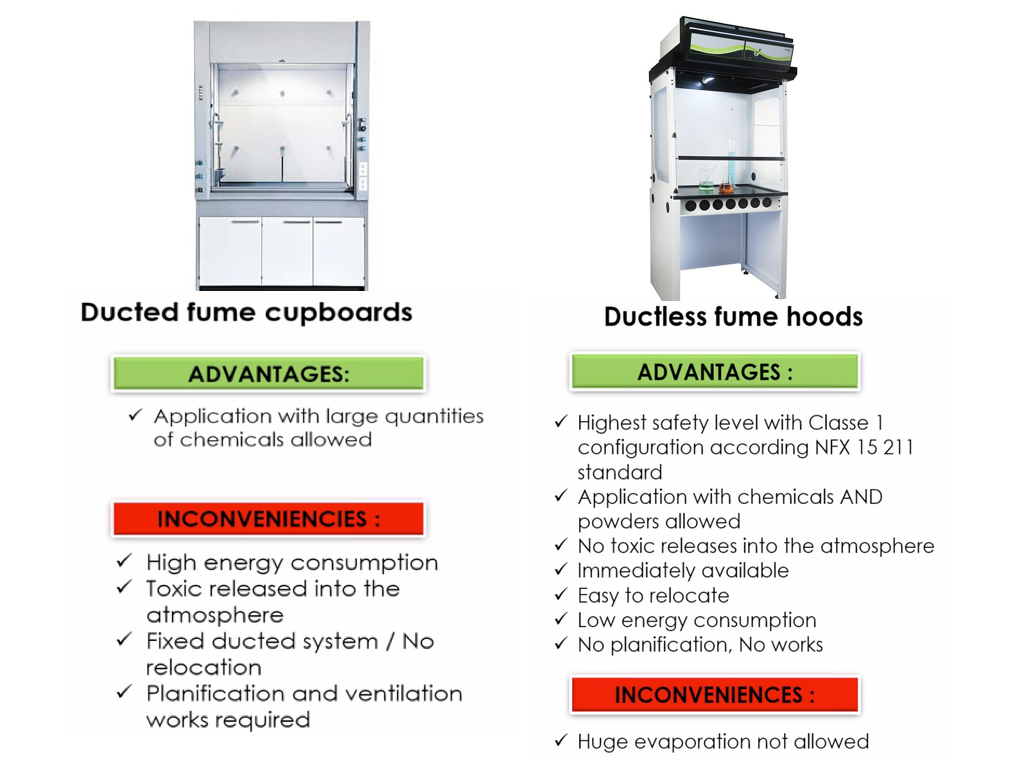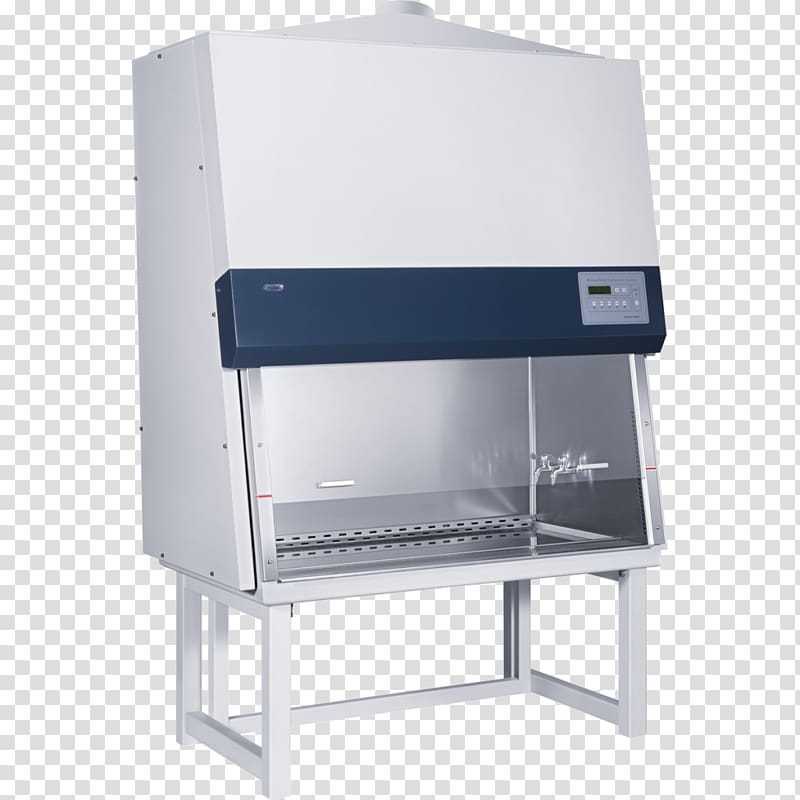

HEPA filtered-air in vertical flow hoods direct the flow of air downwards towards the workbench. Usually, a horizontal clean bench is used for creating sterilized mediums, particularly in clinic laboratories. HEPA filtered air in horizontal laminar flow hoods flows the air sideways within the cabinet. One is the horizontal laminar flow and the other one is the vertical laminar flow. In contrast, laminar flow hoods have two patterns of airflow. Because of the horizontal airflow, there is a risk contaminates to blow into the operator’s face This type of hood protects the substances from contamination, but there is a risk for the operator. In Horizontal flow hoods, filtered air moves from the back it passes through a HEPA filter and runs onto the work surface in a horizontal direction. How does a horizontal laminar flow cabinet work? They both protect the products on the work surface against particles and particulates, but which one is best for your specific needs can come down to personal preferences. When to use horizontal or vertical laminar clean bench? There are available two laminar flow types in horizontal or vertical airflow configurations.
#Biosafety cabinet vs laminar flow hood iso#
Create an ISO Class 5 working environment.The benefits of using a laminar clean bench: High-Efficiency Particulate Air (HEPA) filter.Laminar flow hoods consist of the following: There are two essential parameters to make sure your laminar hood works with efficiency. The sterile air then flows into the flasking or working area, creating a particle-free workplace and product protection. The fan pulls ambient air into the system, where it is filtered by passing one or more HEPA filters. How does a laminar flow hood work?įor maintaining a sterile environment, the laminar flow has a filter pad, a fan and a HEPA (High-Efficiency Particulates Air). The filtered airflow protects the sample from airborne contamination and produces the cleanest, most germ-free laboratory environment possible. Laminar flow is enclosed workbench, designed to provide an aseptic work environment to meet varying research and clinical requirements. Laminar flow has an industry-wide usage: food processing, data recovery, medical equipment, electronics industry, semiconductor manufacturing, biotechnology, and other fields.
#Biosafety cabinet vs laminar flow hood free#
If your laboratory handles sensitive biological samples, you can rely on them to keep the samples free of airborne contaminants away from the work area. These hoods are essential equipment that many medical and research laboratories need. To access the worktop, use very resistant rubber gloves attached to the front openings.If your application requires a sterile environment to carry out specialized work, a laminar flow clean bench may be just what you need. The air entering the enclosure passes through one HEPA filter and the air exiting it through two HEPA filters. This type of enclosure, which provides maximum protection for personnel, is used to work with infectious agents of risk group 4. Types of Class II biosafety cabinet BSCs Entry speed (m/s) % of recirculated air % of exhaust air Evacuation circuit Class II A1 0.38-0.51 70 30 Drainage in the room or connection sleeve Class II A2 0.51 70 30 Drainage in the room or connection sleeve Class II B1 0.51 30 70 Rigid waterproof junction Class II B2 0.51 0 100 Rigid waterproof junction


Risk group 4 if the operator is wearing a pressurized protective suit. They can also be used to work with infectious agents of That is to say air having passed through a HEPA filter, to pass onto the work surface.Ĭlass II BSCs can be used to work with infectious agents of risk groups 2 and 3. With these four types (A1, A2, B1 and B2), BSCs Class II have been designed not only to ensure the protection of personnel,īut also to prevent the biological material present on the worktop from being contaminated by the air in the room, they only allow sterile air,


 0 kommentar(er)
0 kommentar(er)
